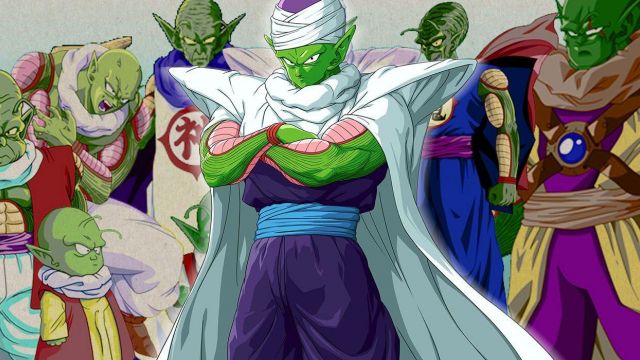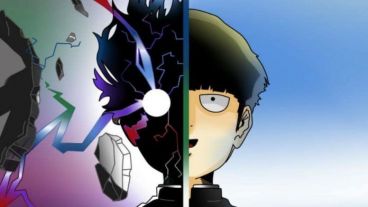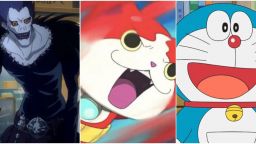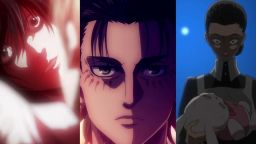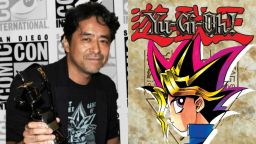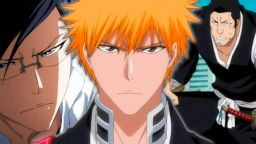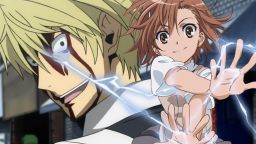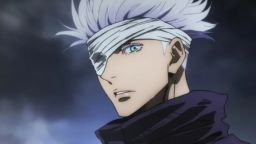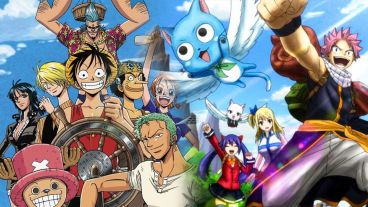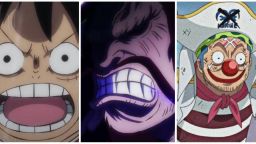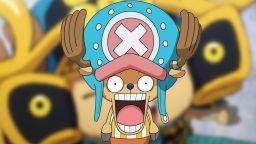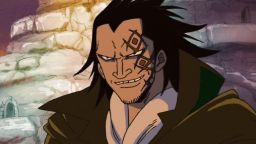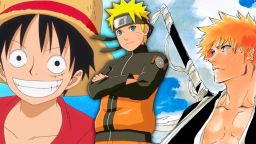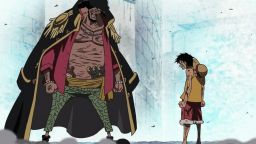During the Namek Saga, there's a scene where Bulma, Krillin, and Gohan are all eating together. They also have Dende with them and they make an offer for him to help himself, but he doesn't take it. He insists that his people only need water to survive.
The Namekians' ability to survive with just water is an interesting factoid that's remained consistent throughout the Dragon Ball franchise. However, the exact reasoning for how this works is never explained. It's left up to the fabs to know a little something about health and nutrition to speculate on how this works.

The first thing worth looking into is what certain nutrients do for the body, starting with water. Staying hydrated is important for all kinds of bodily functions, including circulation, cognitive function, and immunity. It also helps with digestion, though that apparently doesn't apply to Namekians. It's likely that Namekians need water for many of the same reasons other humanoids need it.
Protein is another essential nutrient, at least in humans. It helps with the recovery and growth of muscle, skin, and bones. Namekians might not need to worry as much about things like this thanks to their regenerative abilities.
Carbohydrates should also be necessary, though the reasoning behind this in Dragon Ball in general is a little odd. In humans, carbohydrates are converted into glucose, which provides energy for various bodily processes. However, the Z Fighters regularly expend far more energy battling than they could ever replenish through eating alone. Even the Saiyans' hearty appetite isn't big enough to explain where they get the calories to create planet-destroying energy blasts.
Putting the mystery of Dragon Ball energy consumption aside, it's possible that Piccolo naturally produces glucose. This could be through some natural processes; it would be kind of like how plants use photosynthesis to convert water and carbon dioxide into oxygen and glucose. It's possible that Namekians can undergo a similar or related bodily process to use water to make glucose.
Fats are a bit of a tricky subject as there are good fats and bad fats. With that said, good fats provide energy, help the body store vitamins, and help aid in growth and development. Bad fats can lead to an increase in cholesterol and lead to all sorts of cardiovascular problems. It's possible that for Namekians, all fats are bad.
Finally, there are things like vitamins and minerals. These micronutrients help improve immunity, healing, bone strength, and many other bodily functions. They're considered micronutrients because only small amounts of them are necessary; having too many of them in one's diet could lead to all sorts of negative consequences. Namekians might need even fewer of these micronutrients, so few that they can effectively go their whole lives without eating them.

It's also important to understand that Namekians can still eat for pleasure. This is commonly observed through Piccolo eating Senzu Beans or King Piccolo demanding a feast. However, since Namekians either can't or don't need to take in most nutrients, anything they eat probably turns to waste and gets passed out of their system, In this regard, the pleasure of a good meal might be outweighed by the displeasure of an annoying and unnecessary bowel movement.
Whatever the case, the fact is that Namekians don't need to eat, nor do they feel the need to try. While the Saiyans are scarfing down enough food for everybody at the table, Piccolo will be satiated with a glass of water. Apparently, that's all the feast that he needs.
